Pura Lempuyang is a sacred temple located only 13 km from Amed, nestled in the scenic mountains of Seraya ⛰️
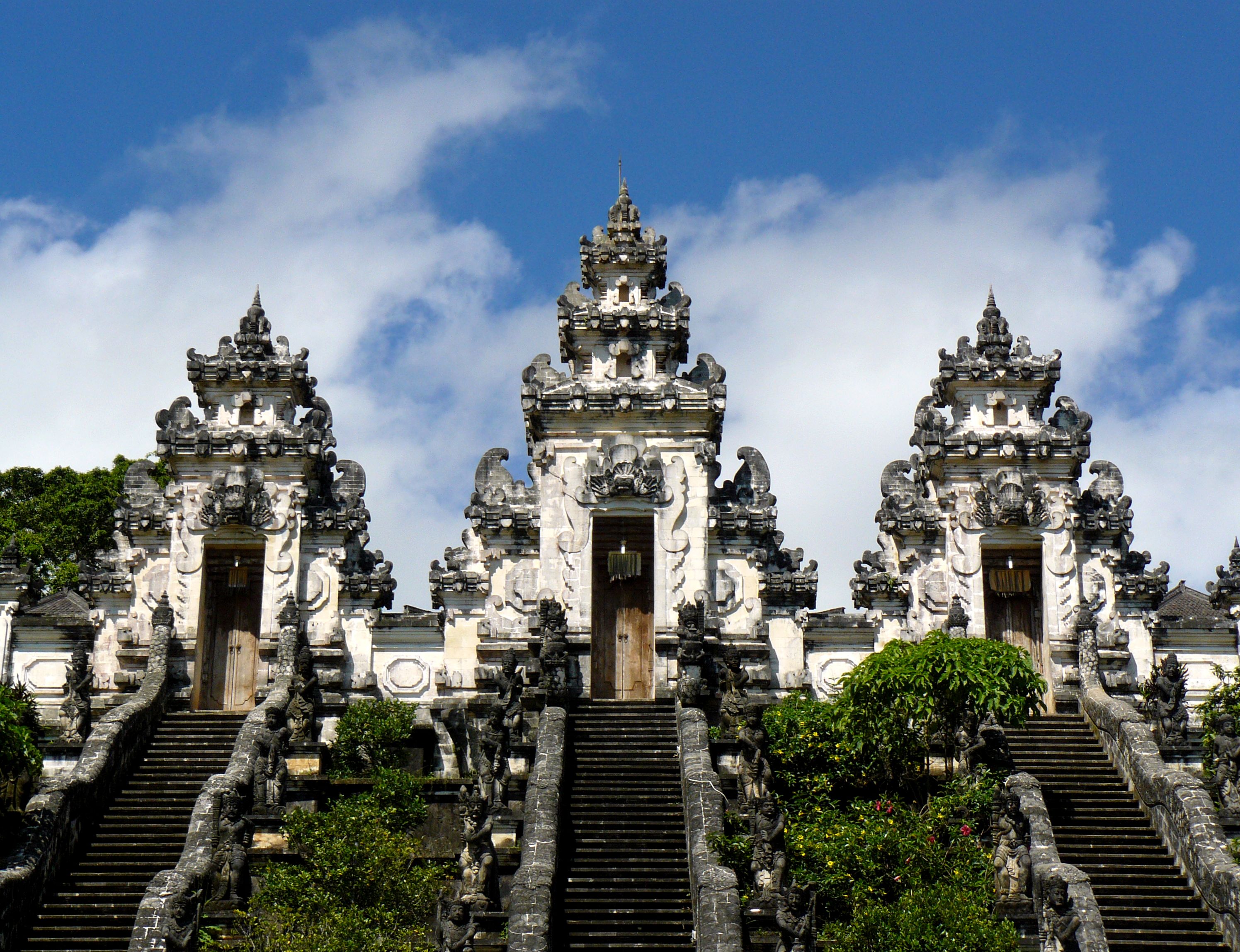
Often called the “1000 stairs temple”, the full trek includes 1700 stairs through 6 temples, culminating at the top temple (1175m altitude) with breathtaking views over Bali’s eastern coast
Expect monkeys along the path — they’re the only thing you need to watch out for
What to bring: Sarong (required), water, hat, sunglasses. A donation is expected at the temple
Tirta Gangga was built in 1948 by the last king of Karangasem and restored after the eruption of Mount Agung in 1963

“Tirta” means holy water, and “Gangga” refers to the sacred river in Hinduism. The gardens feature pools, fountains, and koi ponds — and you can swim in a designated pool for a small extra fee
What to bring: Swimsuit and towel if you plan to swim.
️ Entry: 30,000 IDR + 15,000 IDR for swimming (optional).
Ujung Garden, built by the father of the last king, is another aquatic palace featuring large pools and historic Balinese structures ️
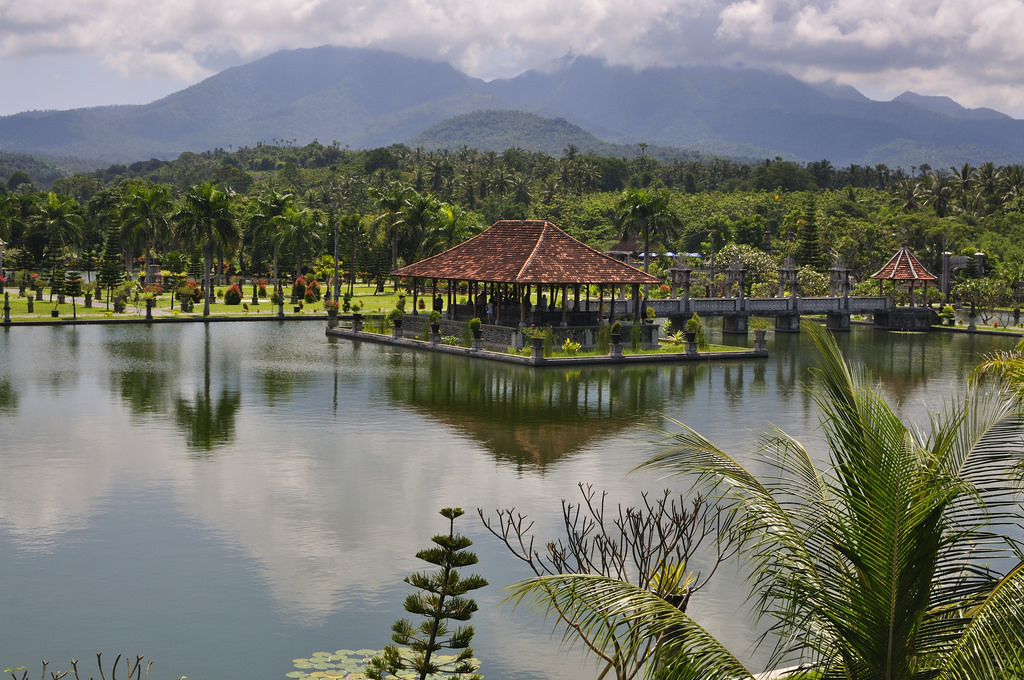
Set between the sea and Mount Agung, Ujung offers a peaceful, elegant atmosphere — a perfect stop for photography and cultural immersion
️ Entry: 50,000 IDR per person.
Just 10 km from Amlapura, this hidden cove is the only white sand beach in Northeast Bali ️
Surrounded by cliffs and lush vegetation, it’s the perfect place to relax after a temple day. Enjoy fresh grilled fish and local dishes under a palapa, then take a dip in the clear blue waters
The aquatic garden of Tirta Gangga was built in 1948 by the last king of Karangasem. It was destroyed in the 1963 eruption of Mount Agung, but later rebuilt exactly as before.

“Tirta” means holy water, and “Gangga” refers to the sacred Ganges River of Hinduism. The site is known for its tranquil pools, fountains, koi ponds, and photogenic stone pathways.
You can also swim in the pools for a small additional fee. It’s a peaceful place to cool down and experience royal Balinese serenity ️♀️
What to bring: Towel and swimsuit if you plan to swim.
️ Entry: 30,000 IDR + 15,000 IDR for the pool (optional).
Ujung Garden was built by the father of the last king of Karangasem and features elegant colonial-influenced Balinese architecture ️

This royal complex is made up of large pools, bridges, and traditional buildings set against a stunning backdrop of Mount Agung and the ocean. Being close to the sea, it offers a peaceful and refreshing escape
️ Entry: 50,000 IDR per person.
Tenganan is one of the most authentic and oldest Balinese Ancient Villages (Bali Aga) in Karangasem Regency ⛰️
The village is known for its preserved pre-Hindu customs, unique architecture, and its association with the famous Pegringsingan double-ikat weaving. Visiting Tenganan is like stepping back in time — the community lives according to strict ancestral traditions, untouched by modern tourism
White Sand Beach, also known as “Virgin Beach”, is located about 10 km from Amlapura and is the only white sand beach in northeast Bali ️
This hidden gem is surrounded by cliffs and nature, creating a tranquil cove ideal for relaxing, swimming, and enjoying local grilled fish under a traditional beach palapa
It’s the perfect way to finish your day with sun, sea and delicious Balinese cuisine
Ulun Danu Beratan Temple is a stunning water temple located at the edge of Lake Beratan. When viewed from a distance, it appears to float on the lake, creating a magical and iconic Balinese landscape ️
Built in the early 17th century, the temple honors the Goddess of Water, Fertility and Prosperity. It’s one of Bali’s most photographed sites — right after Tanah Lot — and a symbol of spiritual harmony and nature ♂️
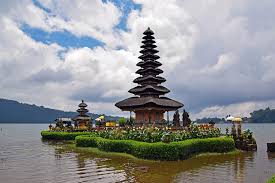
️ Entrance fee: 30,000 IDR per person (not included).
Bedugul Botanical Garden (Kebun Raya Bali) spans over 160 hectares in the Candikuning area and is the largest botanical garden in Bali
This unique natural space is used for botanical research, education, conservation, and recreation. It’s home to more than 2,000 plant species — including tropical rainforest trees, medicinal plants, orchids, and aromatic herbs
Enjoy a peaceful walk surrounded by exotic plants, fresh air, and even a chance to spot colorful birdlife. It’s the perfect spot to unwind, explore nature, and learn about how plants are used in Balinese daily life ️
Your journey begins at the iconic Pura Luhur Uluwatu — perched dramatically on the edge of a high limestone cliff in southern Bali ⛰️
The name Uluwatu comes from ulu (meaning “land’s end”) and watu (“rock”). This area is not only famous for its cliff-edge temple, but also as one of the top 4 surfing destinations in the world ♂️
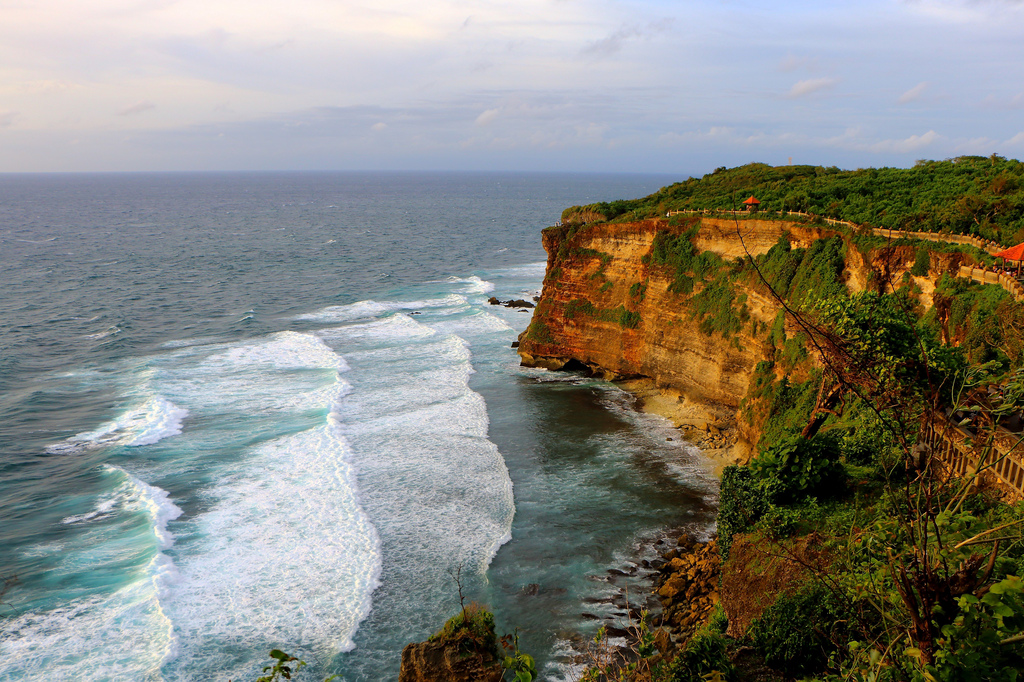
During your visit, you’ll walk along the cliffs and may encounter some cheeky monkeys (hold on to your belongings!). Uluwatu is also known for hosting mesmerizing Kecak dance performances during sunset
️ Entrance fee: 60,000 IDR per person (not included).
Garuda Wisnu Kencana (GWK) is a 60-hectare cultural park located in Ungasan, about 102 km from Amed
This majestic park features the Garuda Wisnu Kencana Statue — a symbol of Vishnu riding his companion Garuda. Standing at a towering 120 meters, it’s one of the world’s tallest monumental statues and a proud icon of Indonesian culture
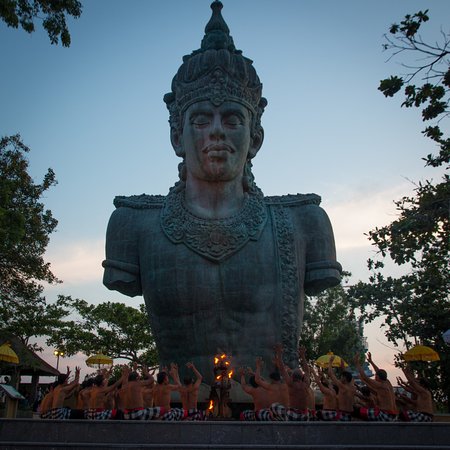
GWK offers a full experience with cultural shows, panoramic viewpoints, and exhibitions. A must-see for history, architecture and mythology lovers ✨
️ Entrance fee: 60,000 IDR per person (not included).
Tanah Lot means “Land in the Sea” in Balinese. Located in Tabanan, around 100 km from Amed, this iconic temple is perched on a large offshore rock shaped by the ocean tides
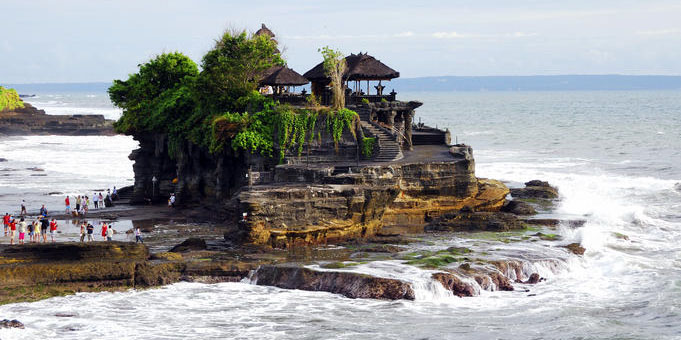
Tanah Lot Temple is one of Bali’s most famous landmarks — particularly breathtaking during sunset . Its unique setting makes it a must-see spiritual and photographic highlight of the island
️ Entrance fee: 60,000 IDR per person (not included).
Taman Ayun means “beautiful garden” — and it lives up to its name Located in Mengwi village (northwest of Denpasar), this temple complex features stunning Balinese architecture surrounded by peaceful lotus ponds and serene garden landscapes
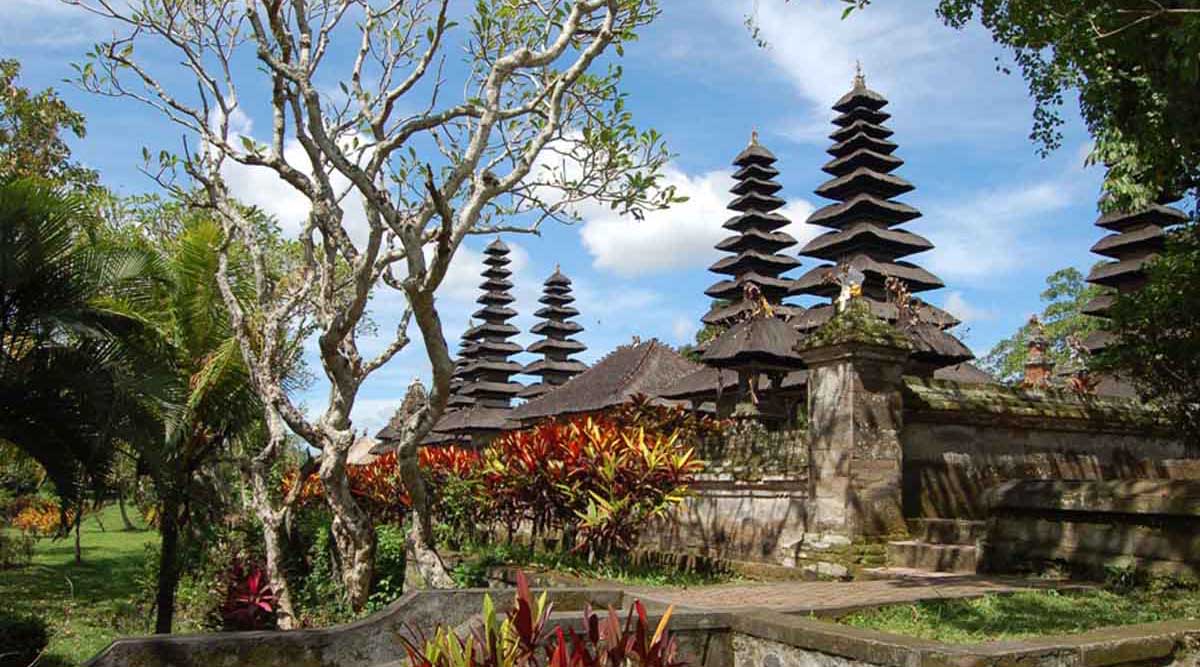
Perfect for culture lovers, it’s a peaceful and lesser-known gem worth exploring.
️ Entrance fee: 4,000 IDR per person (not included).
Recognized as a UNESCO World Heritage Site since 2007, Jatiluwih offers one of the most scenic rice terrace landscapes in Bali
Covering over 600 hectares, the emerald green paddies follow the curves of the Batukaru mountain range. It’s a peaceful, stunning location perfect for hiking, photos, and taking in the authentic rural vibe of Bali ️

After your walk, enjoy a relaxing Balinese coffee with a view ☕
️ Entrance fee: 40,000 IDR per person (not included).
Munduk Village is a charming mountain village located between 500 and 1,200 meters above sea level
Home to about 6,200 people, Munduk has a unique origin story — legend says it was founded by mountain settlers escaping an ant invasion . Later, Dutch colonialists introduced iconic architecture and export crops such as coffee, cocoa, cloves, and vanilla ☕
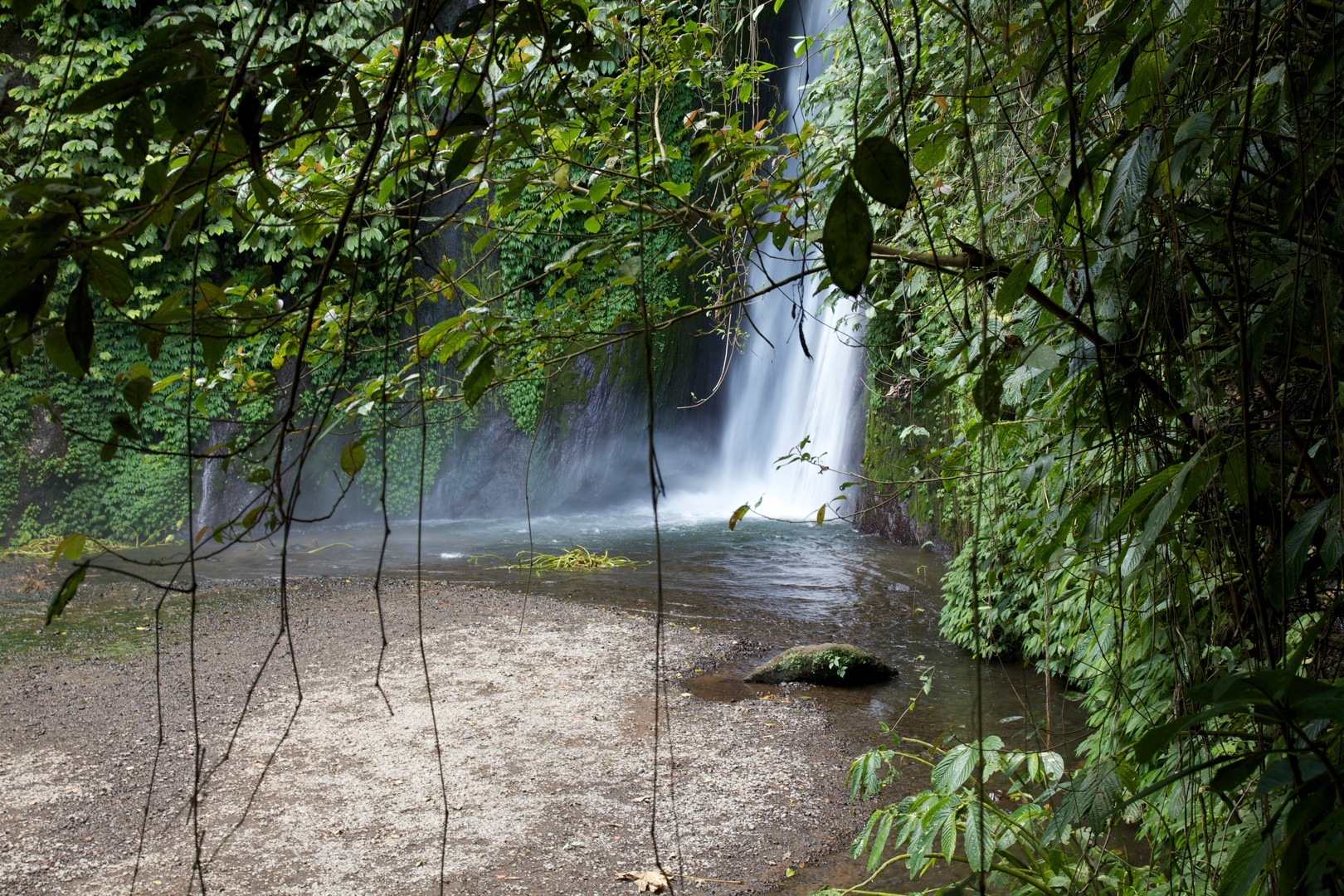
The highlight of the visit is Munduk’s waterfall — one of central Bali’s most stunning falls, known for its refreshing atmosphere and natural beauty. A short trek takes you through forest trails to reach it, offering peaceful jungle vibes
️ Entry to the waterfall: 15,000 IDR per person.
After your visit to Munduk, you’ll head to Bedugul, a beautiful mountain village in northwest Bali ️
There, you’ll discover Lake Beratan — Bali’s second largest lake — and enjoy the cool mountain air. The stunning highlight? The famous Ulun Danu Beratan Temple, which appears to float on the water, offering the perfect photo opportunity
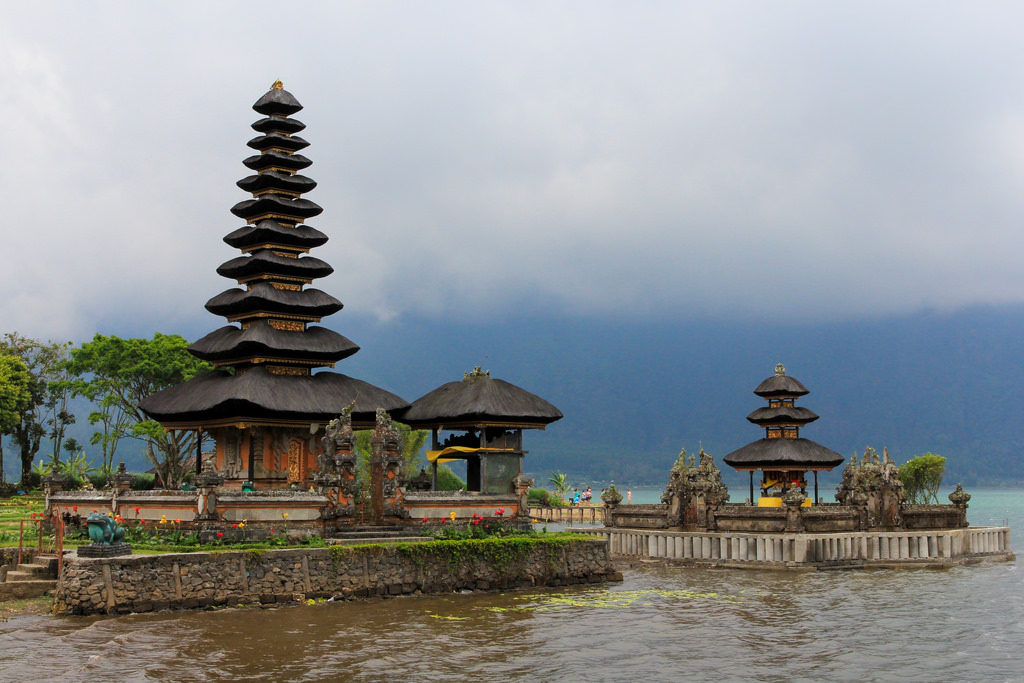
Mount Agung, or “Gunung Agung” in Balinese, is the highest and holiest mountain in Bali. Standing at 3,142 meters above sea level, it’s believed to be the home of the Gods
Located in Karangasem Regency, about 40 km from Amed (approx. 1h30 drive), this sacred volcano holds a legendary status. According to local myths, it was formed from a fragment of Mount Meru split by the Hindu God Pasupati ️
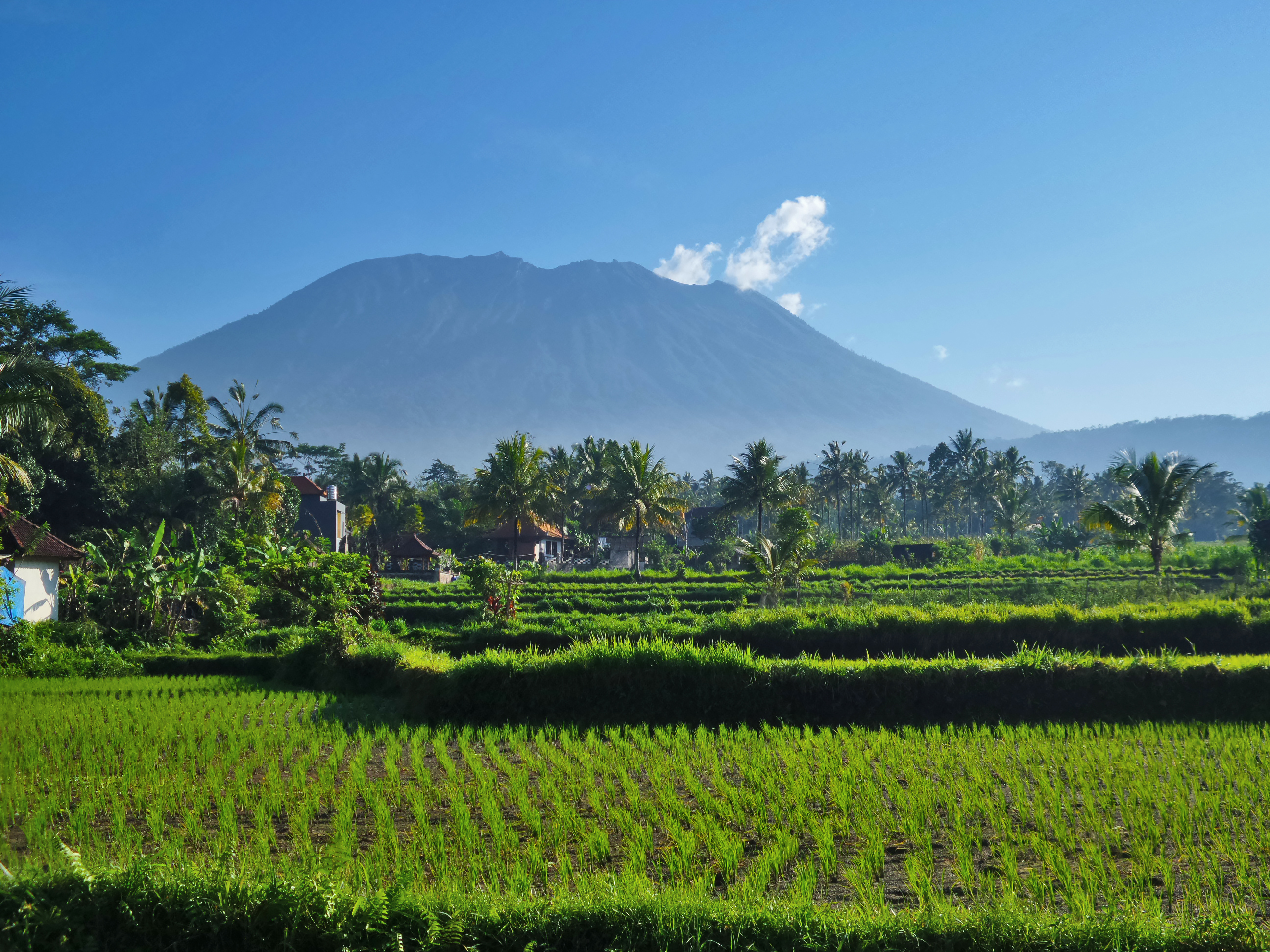
We offer a Sunrise Trekking experience starting from Pasar Agung Temple (1,700m altitude), going up to around 3,000m near the summit
The trail takes about 4–5 hours to climb and is recommended only for experienced, physically fit hikers. The view at the top is truly breathtaking — with a clear sky, you’ll see Mount Rinjani (Lombok) and an unforgettable 360° panorama over Bali ️
Hiking shoes or sport shoes, warm jacket, long pants, backpack, water and camera
We provide flashlights for the early climb and breakfast at the summit
⚠️ The tour does not include the mandatory guide fee.
Once on-site, we will connect you with our experienced, English-speaking local guides.
Mount Batur is one of Bali’s sacred mountains according to Hindu beliefs. Located in Batur village (Kintamani district), it rises to 1717 meters above sea level and is about 44 km from Amed (around 2h drive) ️
This active volcano is famous for its stunning views and promises an unforgettable sunrise trekking adventure. The hike takes around 4 hours total (2h up, 2h down), with epic panoramic views of Mount Agung, Batur Lake, and the sea from the top
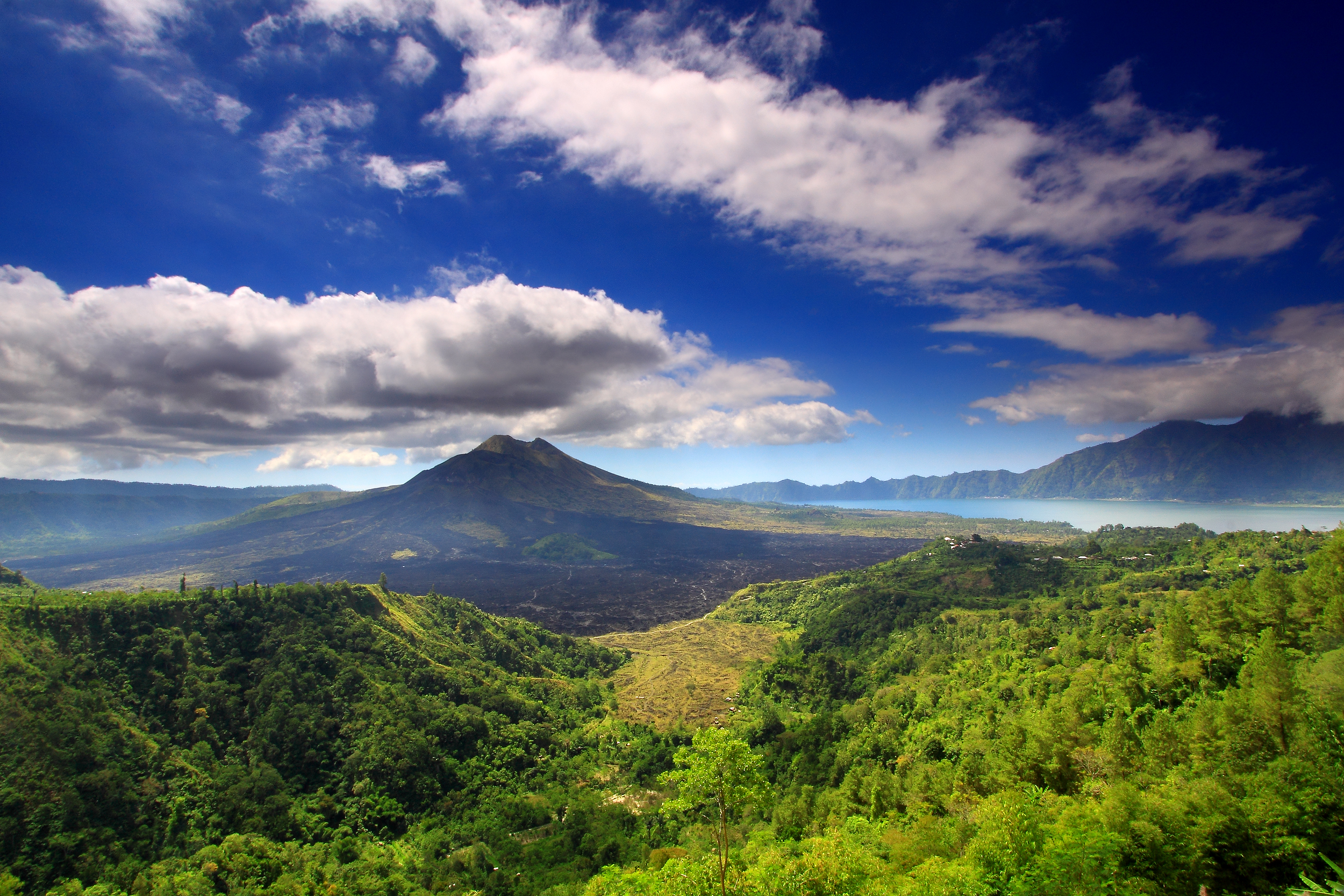
The trek is accessible for most but recommended for those in good physical condition. You’ll also walk around the volcanic crater — an adventure to remember!
Hiking shoes or sport shoes, warm jacket, long pants, backpack, water and camera
We’ll provide flashlights for the early morning climb and serve breakfast at the summit ️
⚠️ The tour price does not include guide and entrance fees.
Experienced local guides are available and will accompany you during the hike.
After your trek, reward your muscles with a relaxing dip in one of the natural hot springs fed by Mount Batur’s geothermal energy ♨️
It’s the perfect way to unwind with stunning views over the lake and mountains, surrounded by nature and peace ♀️
Besakih Temple is Bali’s most sacred temple, known as the “Mother Temple” for over 1,000 years. It sits majestically at 1,000 meters elevation on the southwestern slopes of Mount Agung ️, about 44 km from Amed (roughly 1h30 drive).
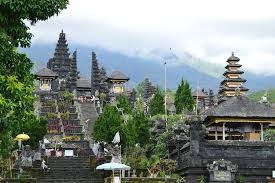
This incredible site is a complex of 86 temples, including the impressive Pura Penataran Agung. Surrounded by scenic rice fields, hills, and streams, Besakih is both a spiritual and visual wonder ✨
Pura Besakih is unique in that it welcomes worshippers from all caste groups, as it serves as the central point for all Balinese ceremonies. Visitors are required to wear sarongs and sashes (available for rent or purchase outside — feel free to bargain ). Women on their period are not allowed to enter, and we recommend exchanging money before arriving as rates here are usually unfavorable
⚠️ Entrance fee not included (IDR 60,000 per person). Guided tours available optionally.
After visiting the temple, spice up your day with an adventurous rafting experience on the Telaga Waja River

Located near Besakih, the Telaga Waja offers breathtaking views of Mount Agung, lush rice terraces, and traditional villages. It’s a refreshing and fun activity for all adventure lovers ♂️
We provide water, bath towels, and all the gear — just bring your swimsuit and a sense of adventure
Besakih Temple has been known as Bali’s “Mother Temple” for over 1,000 years. Located 1,000 meters up on the southwestern slopes of Mount Agung, it lies 44 km from Amed — about 1h30 by car.

Besakih is a majestic complex of 86 temples, including the iconic Pura Penataran Agung — the Great Temple of State. It’s Bali’s largest and most sacred temple, open to all castes and surrounded by scenic rice fields, hills, and mountains ⛰️
Sarongs and sashes are required and can be rented or bought from nearby stalls (bargaining welcome ). Note: Women on their period are not allowed to enter ♀️, and it’s best to change money before arriving as exchange rates here are less favorable.
⚠️ Entrance ticket not included (IDR 60,000 per person). Guided tour available as an option.
Sidemen is a peaceful, lush valley known for its terraced hills and stunning views of Mount Agung. It’s a place where you can reconnect with traditional Balinese life and enjoy a walk through the rice fields

The village has a warm and respectful spiritual atmosphere. It’s recommended to dress modestly (cover shoulders and knees), as Sidemen is a traditional Hindu area. A small Muslim community also lives here, and there’s even a mosque in the village
Start your day with an adrenaline rush on the Ayung River, near Ubud . It’s Bali’s most scenic and thrilling river, with 45+ rapids surrounded by wild rainforest, hidden waterfalls, and cliffside carvings stretching over 1 km. A unique blend of nature and fun!

We provide water, towels, and breakfast. Just bring your swimsuit and energy
Next stop: the magical Monkey Forest in Padangtegal, Ubud — 70 km from Amed (approx. 2 hours by car) .
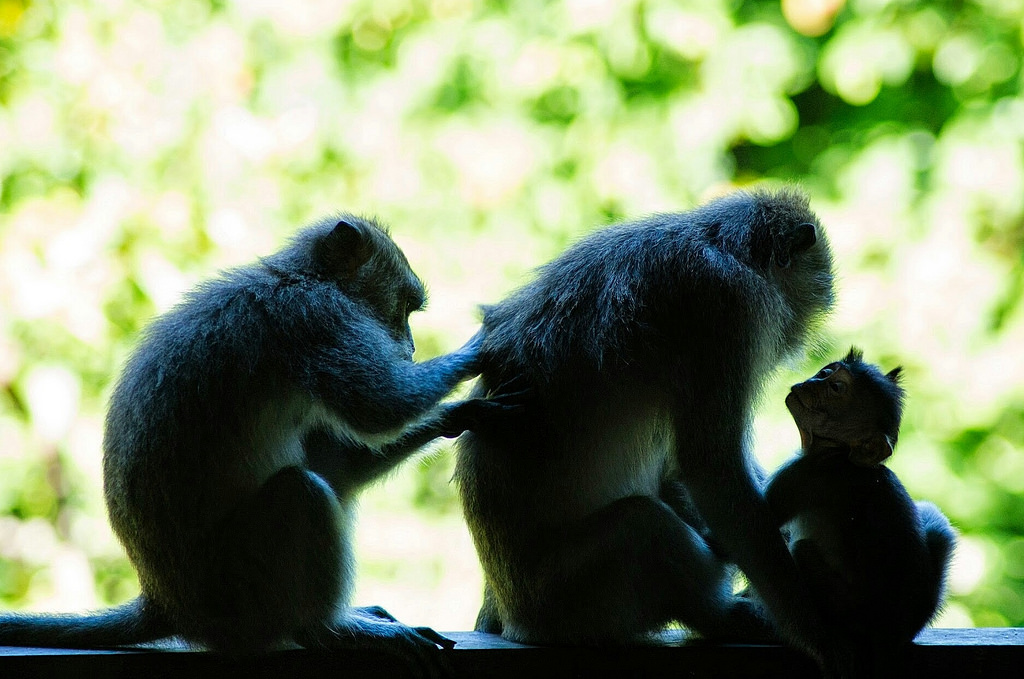
This spiritual and ecological sanctuary is home to 700+ monkeys and 186 tree species spread over 12.5 hectares. You can buy special fruit to interact with them — but avoid human snacks like biscuits or bread ⚠️
Help preserve the environment by not bringing plastic bags, bottles or paper ♂️
Wrap up your tour at a vibrant local market in Ubud
Find everything from exotic spices and traditional snacks, to silk scarves, woven bags, hats, statues, and handmade souvenirs. Most of these treasures come from nearby villages like Pengosekan, Tegallalang, Payangan, and Peliatan
Sacred Monkey Forest Sanctuary is located in Padangtegal village, Ubud — around 70 km from Amed (about 2 hours by car).
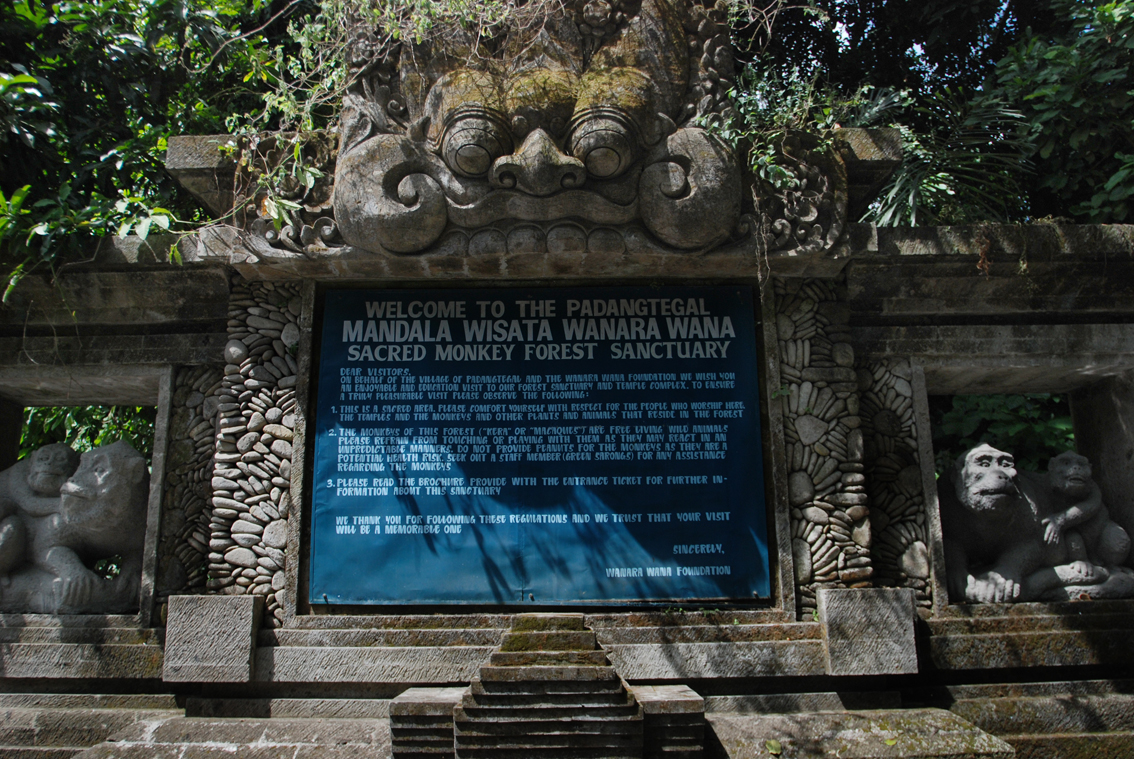
For locals, the Monkey Forest is not just a tourist attraction — it’s a spiritual, economic, educational, and conservation center. You’ll find over 700 monkeys and 186 species of trees across 12.5 hectares of lush greenery .
You can feed the monkeys with specific fruits available on-site (not peanuts or human snacks ⚠️). Also, avoid carrying plastic or paper to help protect the forest .
Puseh Temple is a 1000-year-old Hindu sanctuary located in Batuan village.

The architecture is stunning, adorned with intricate Balinese ornaments and roofs made of black palm fiber. The temple carries deep spiritual and historical value, with relics dating back to prehistoric times .
Pura Taman Saraswati is a gorgeous water temple in the heart of Ubud, perfect for a chill walk or dreamy photo ops .
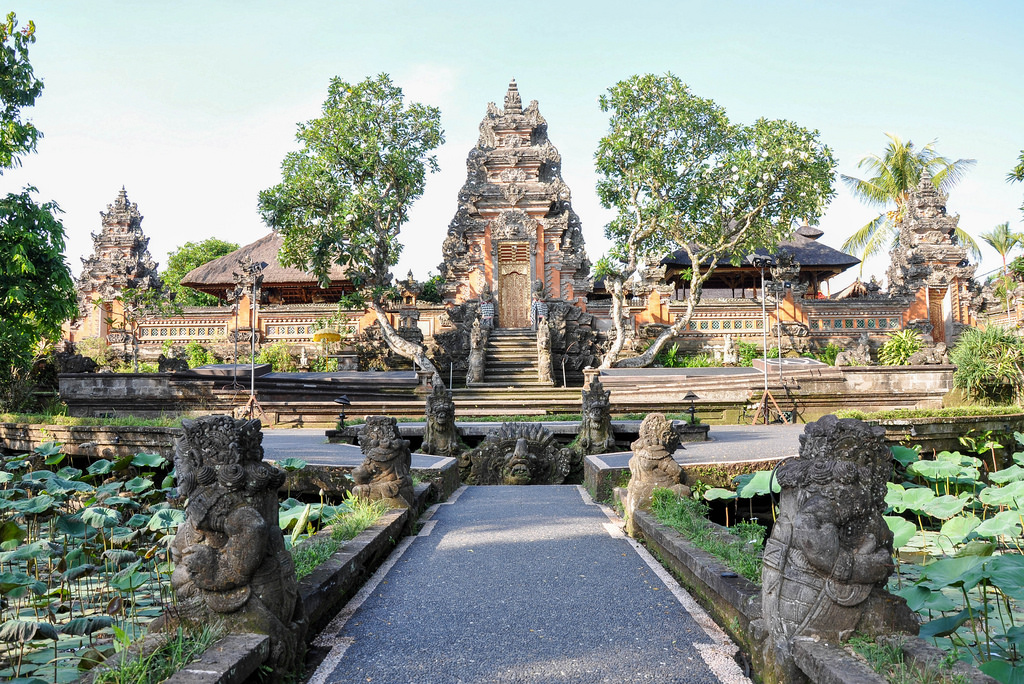
Its lotus-filled ponds and traditional Balinese architecture are iconic. Don’t forget: sash and sarong required for entry .
Wrap up your tour with a visit to the Ubud Traditional Market, full of local goodies: silk scarves, handmade bags, spices, wood carvings, baskets, and more .
Most items are handcrafted in nearby villages like Pengosekan, Tegallalang, Payangan, and Peliatan. Don’t hesitate to bargain a little .